How Secretary Zinke can help unlock the nation’s only designated wilderness with no public access
Designated in 2009, the 16,030-acre Sabinoso Wilderness, located in San Miguel County, is a remote area in the northeastern portion of New Mexico that is home to a number of game species such as mule deer, Barbary sheep, New Mexico dahl sheep, Rio Grande turkeys, and migratory waterfowl. Yet, right now, the only way sportsmen and others can enjoy the high, narrow mesas and cliff-lined canyons is with permission from a private landowner.
The Sabinoso Wilderness is the only designated wilderness in the country that does not have any public access. We’re just one step away from correcting that, and local hunters are itching to get in this season. Here’s what has to happen.
A Gift for Public Access
After more than four years of intensive work by conservation organizations and local sportsmen and women, along with Senators Heinrich and Udall, a private foundation now owns the key to public access—the 4,176-acre Rimrock Rose Ranch.
The ranch lies between the nearest county road and the publicly owned wilderness and cost more than $3 million. The purchase was made with the understanding that the property would be conveyed from the foundation to the American people and the BLM, so that the parcel would eventually become public land, thereby connecting the county road and the Sabinoso. In other words, the private foundation’s generosity would open up more than 4,000 acres of private land as well as 16,000+ acres of landlocked public lands that have belonged to all Americans for nearly a decade.
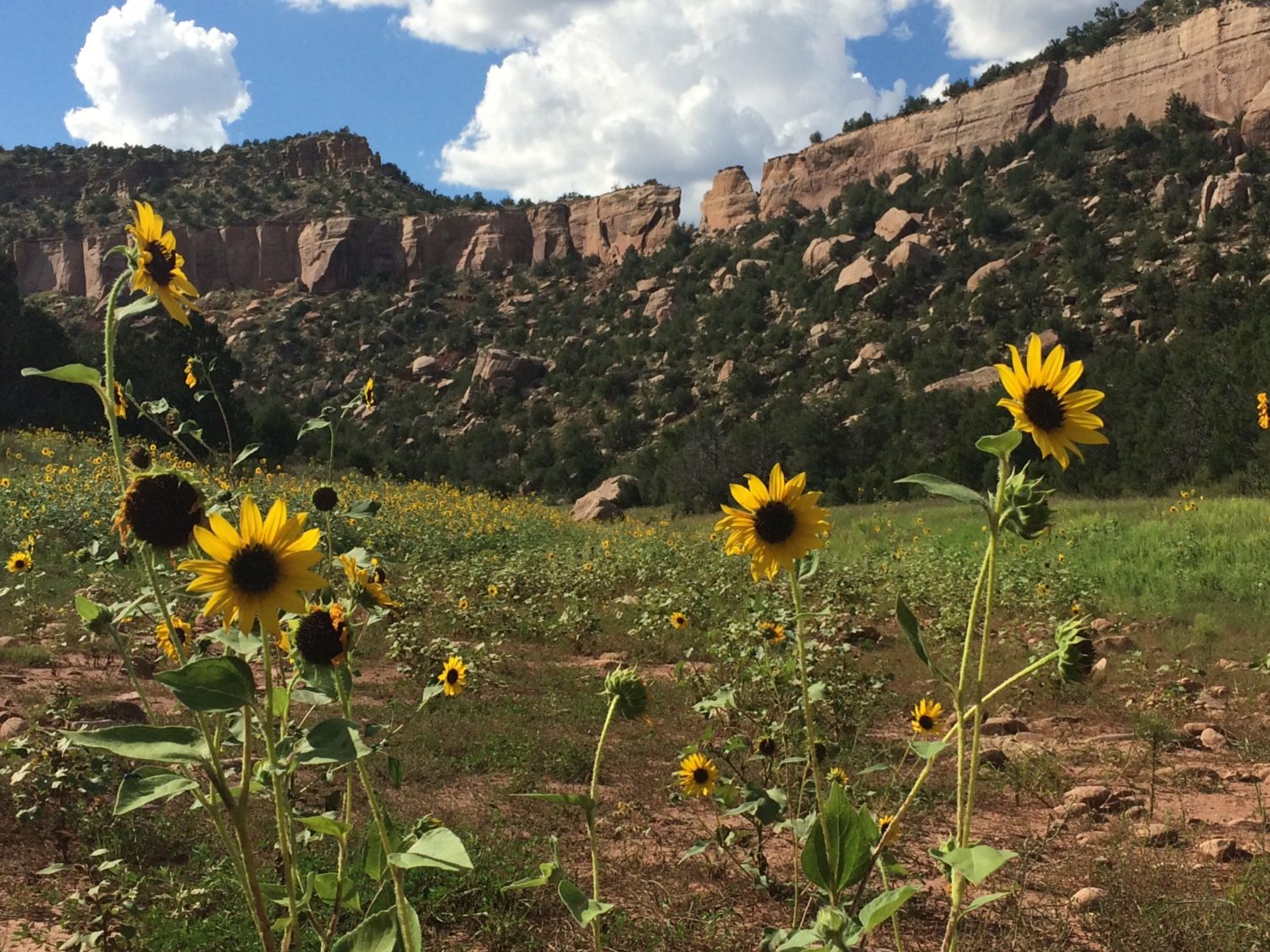
Cutting Through the Red Tape
The BLM has completed the evaluation of the wilderness-eligible parcels and is ready to accept the donation. A 60-day congressional review period mandated by the Wilderness Act concluded on March 20, 2017 with no action taken by Congress. So we’ve passed these first hurdles.
The only thing holding up the transaction is Secretary Zinke’s unwillingness to approve it.
The New Mexico State Office of the BLM had completed its realty process (all good there), but then Secretary Zinke instructed the BLM to pause work on the transaction.
Local sportsmen’s organizations have pushed hard for the BLM to complete its work in time to open the area for this fall’s hunting season. Any further delays in the process could endanger that timeline and leave hunters locked out of the area for yet another season. The only holdup now resides with Secretary Zinke’s instructions to pause the process, an order that only the Secretary can rescind, though presumably quite easily.
And if another recent Secretarial order is any indication, Zinke is all for unlocking checkerboard public lands.
In fact, sportsmen across the West are applauding Secretarial Order 3347, in which Secretary Zinke has directed the BLM to identify, inventory, and find all possible ways to provide access onto our public lands that are now landlocked and inaccessible. Here in New Mexico, Zinke has a golden opportunity to put the good intentions of S.O. 3347 into action, making public access to the Sabinoso a shining example of landlocked lands being made available to the public.
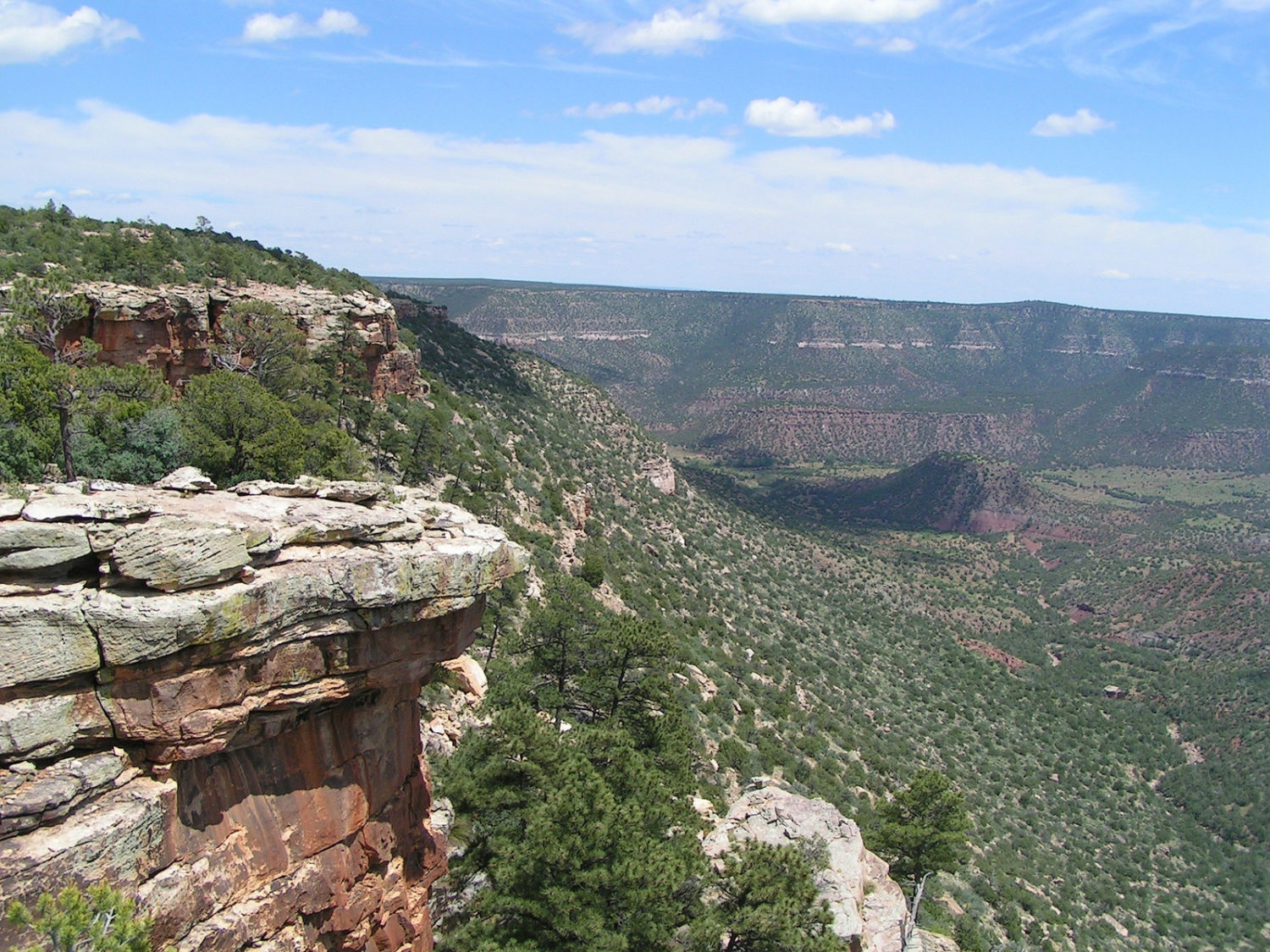
What Happens Next?
Access to the newly created Sabinoso Wilderness will be an integral part of economic growth locally and regionally, and local leaders have joined the TRCP in asking Secretary Zinke to help see this through.
Stage is set for @Interior to open access to 20,000 acres of landlocked #publiclands; will they? Click To TweetThe Sabinoso Public Access Plan we are supporting is a once-in-a-generation opportunity to open spectacular hunting and outdoor recreation opportunities to the public for the very first time. Sportsmen, local residents, and small business owners are eagerly awaiting the day that the public can visit this unique landscape.
By completing the final step expeditiously, Secretary Zinke can ensure that this fall will be the Sabinoso’s first hunting season with guaranteed public access, something he has publicly advocated in the past. Now is his chance to stand behind his words and open more than 20,000 total acres of public land to the American people.

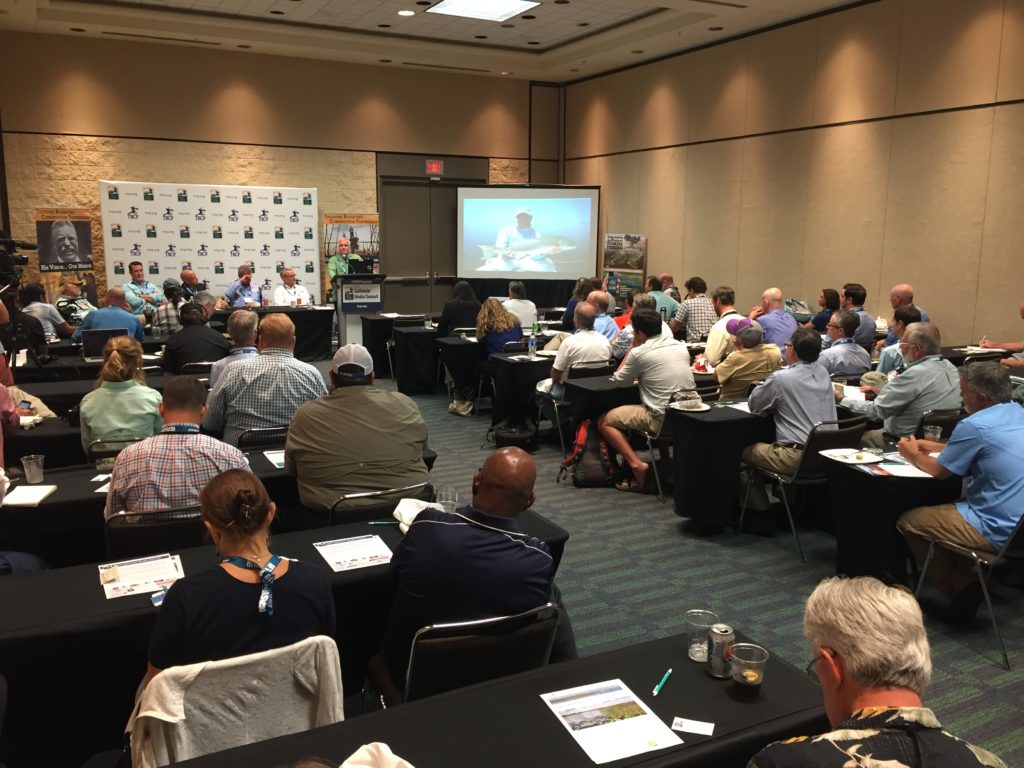
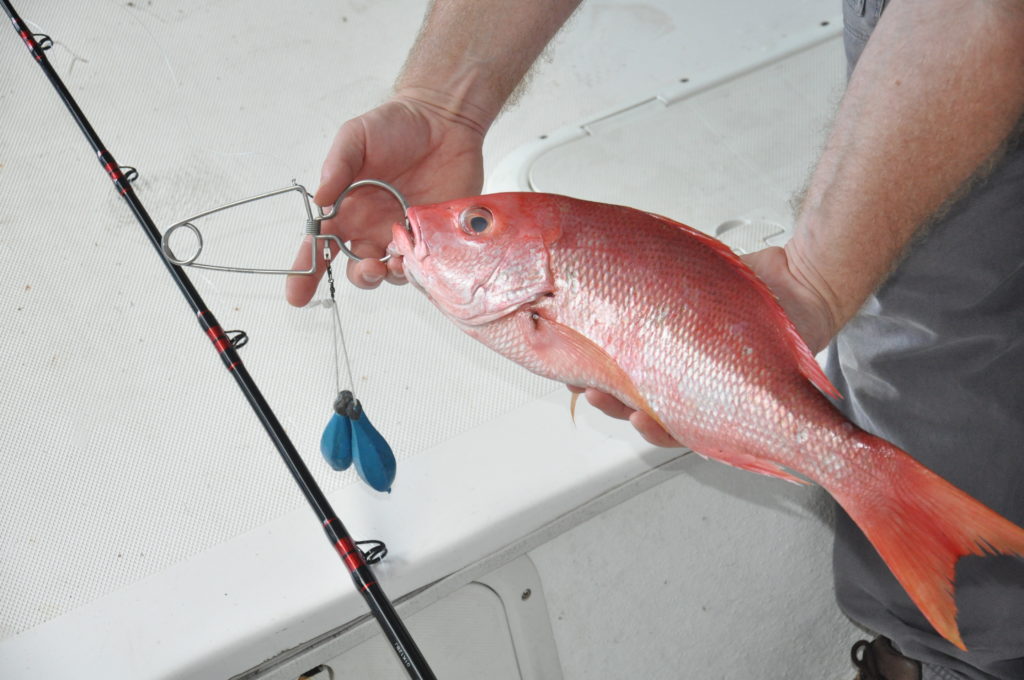

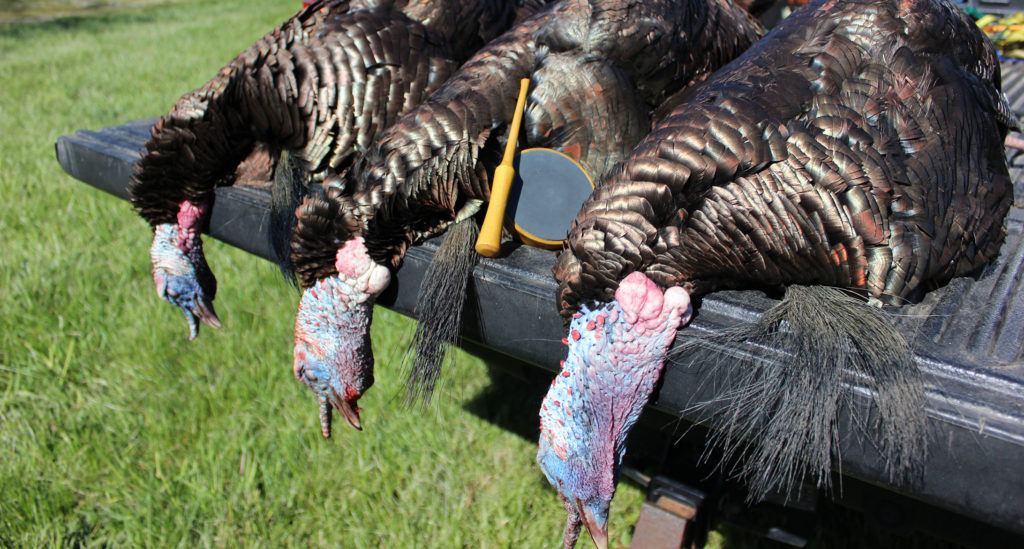




Request access to this area. It does belong to all of us.
It is wrong for the public to be denied access to our lands
The so called Supt of the land feels this land is his/her’s and not the Public’s.
Please expedite the Sabinoso Public Access Plan so that Americans can finally enjoy the Sabinoso Wilderness.
Denying public access to public lands should be a crime. Please institute the Sabinoso Public Access Plan now. This and other public lands are ours. Federal agencies are only stewards of our lands for us.
Dall sheep? Where did that come from?
Thank you for fighting for this cause, by the way.
Should be New Mexico dahl sheep! Thanks for catching that!
Security Zinke I know your on our side please open the Sabinosa